Some astronauts defy age to achieve remarkable feats in space. Each brought unique skills and perspectives on their journeys, adding depth to the legacy of human spaceflight. Their achievements inspire a new generation, showing that age is just a number in the quest for discovery. Here’s a look at some of the world’s oldest astronauts who’ve made history beyond Earth.
Wally Funk
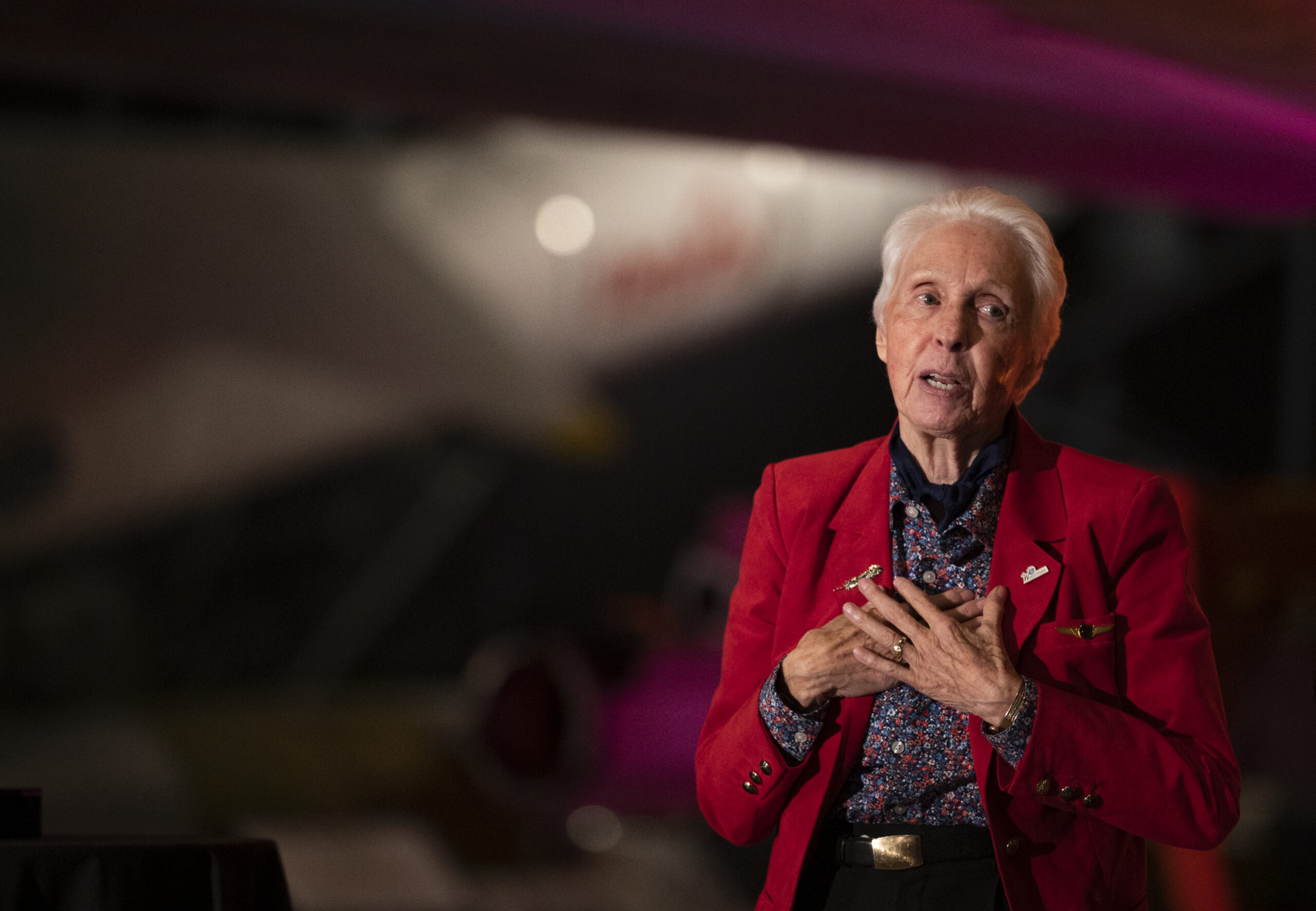
Aviation pioneer Wally Funk, a member of the Mercury 13 women’s astronaut training program, finally fulfilled her dream of space travel at the age of 82. In July 2021, she flew on Blue Origin’s New Shepard, becoming the oldest woman in space. Her flight, lasting about 10 minutes, allowed her to experience weightlessness and see Earth from space after decades of advocacy and persistence in the field of aviation. Now 84, Funk remains a celebrated figure in both aerospace and feminist history, symbolizing the possibility of space travel for women and older individuals.
John Glenn
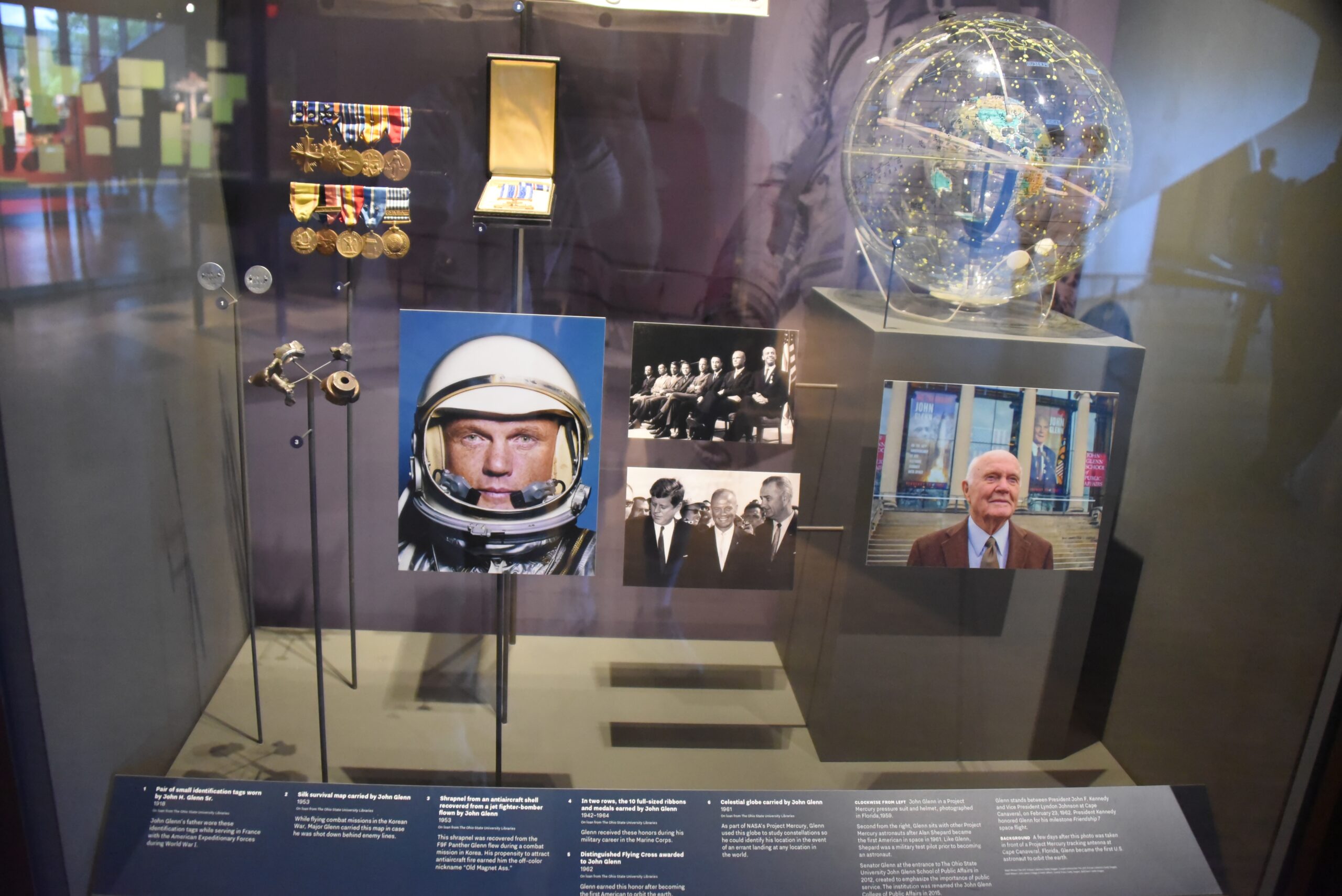
American icon John Glenn made history twice, first as the first American to orbit Earth in 1962 and later as the oldest astronaut in space at 77 on the Space Shuttle Discovery’s STS-95 mission in 1998. Glenn’s final mission was a significant scientific endeavor, as NASA studied the effects of space travel on older adults, shedding light on age-related changes in microgravity. Glenn, who passed away in 2016, remains one of NASA’s most respected figures, his legacy enduring as both an astronaut and U.S. Senator.
Story Musgrave
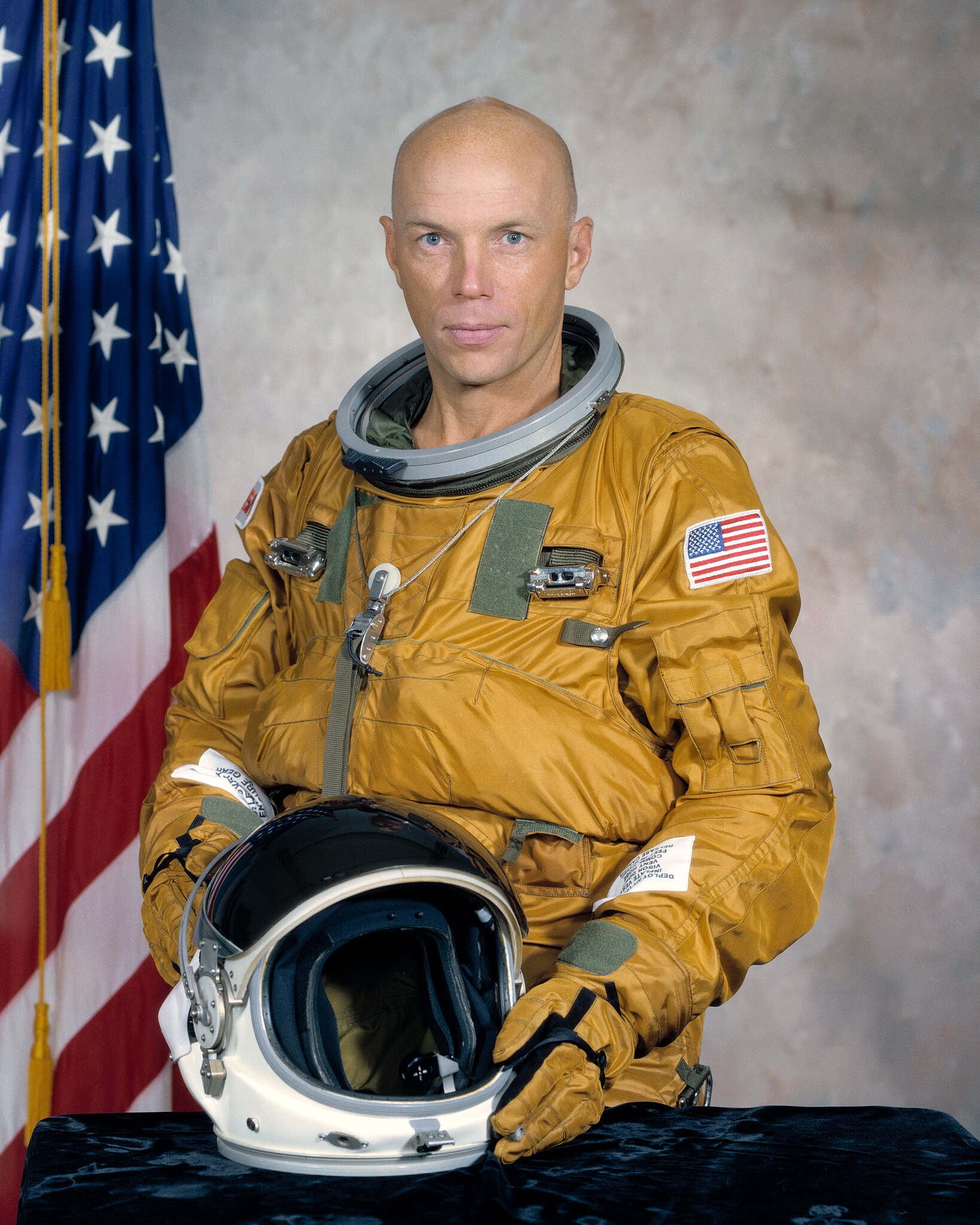
Story Musgrave flew six space shuttle missions, becoming one of NASA’s most versatile astronauts and reaching space at age 61 during STS-80 in 1996. His final mission involved satellite deployment and essential repairs on the Hubble Space Telescope. Now 88, Musgrave is recognized for his contributions to space science and aerospace engineering, bringing expertise from multiple scientific fields and continuing to work as an aerospace consultant.
Dennis Tito
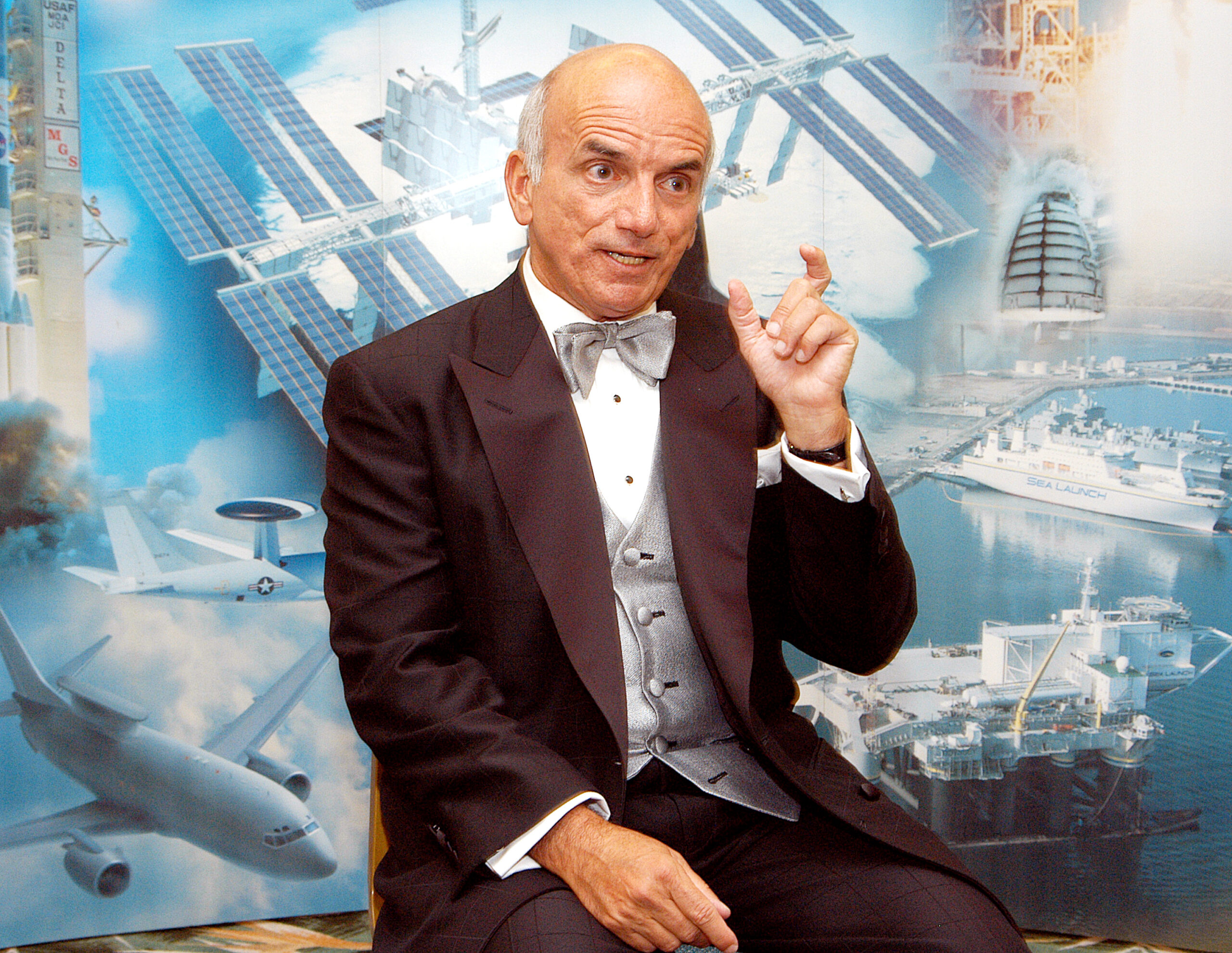
In 2001, Dennis Tito became the world’s first private space tourist, journeying to the ISS on a self-funded mission at age 60. Tito’s groundbreaking flight aboard a Russian Soyuz spacecraft opened the door to private space travel, making him an iconic figure in space tourism. During his eight days in orbit, he conducted personal experiments and enjoyed views of Earth, which he described as transformative. Now 83, Tito’s adventure has paved the way for the commercial space industry, influencing companies like SpaceX and Blue Origin.
Gregory Olsen
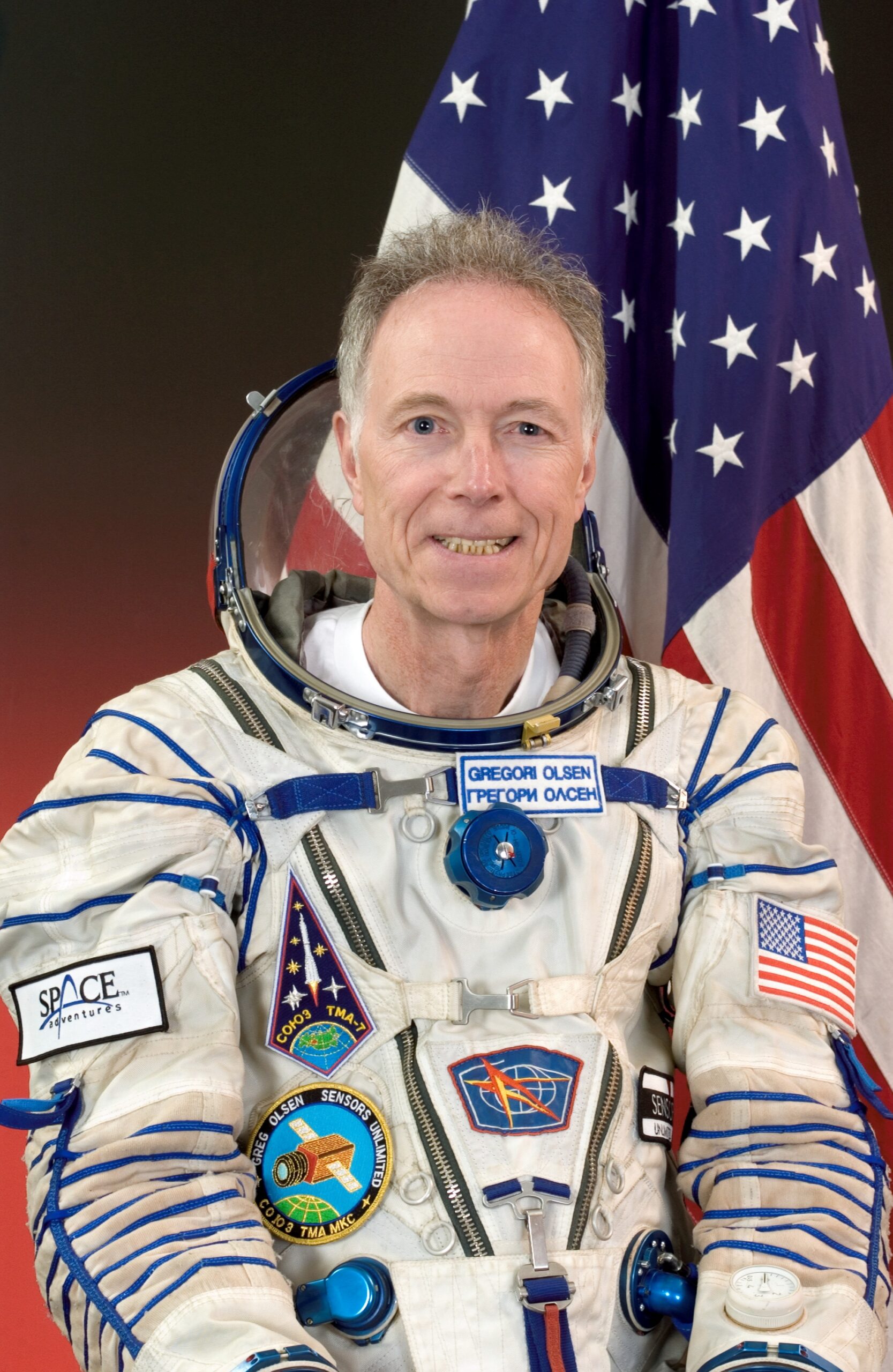
At 60, entrepreneur Gregory Olsen became the third private citizen to visit the ISS in 2005, where he spent 10 days conducting experiments in materials science and remote sensing. His mission aboard Soyuz TMA-7 was significant for private space travel, proving that civilians could both enjoy spaceflight and contribute to scientific research. Now 78, Olsen’s experience remains influential in the commercial spaceflight industry, underscoring the potential for private funding in advancing space exploration.
Koichi Wakata
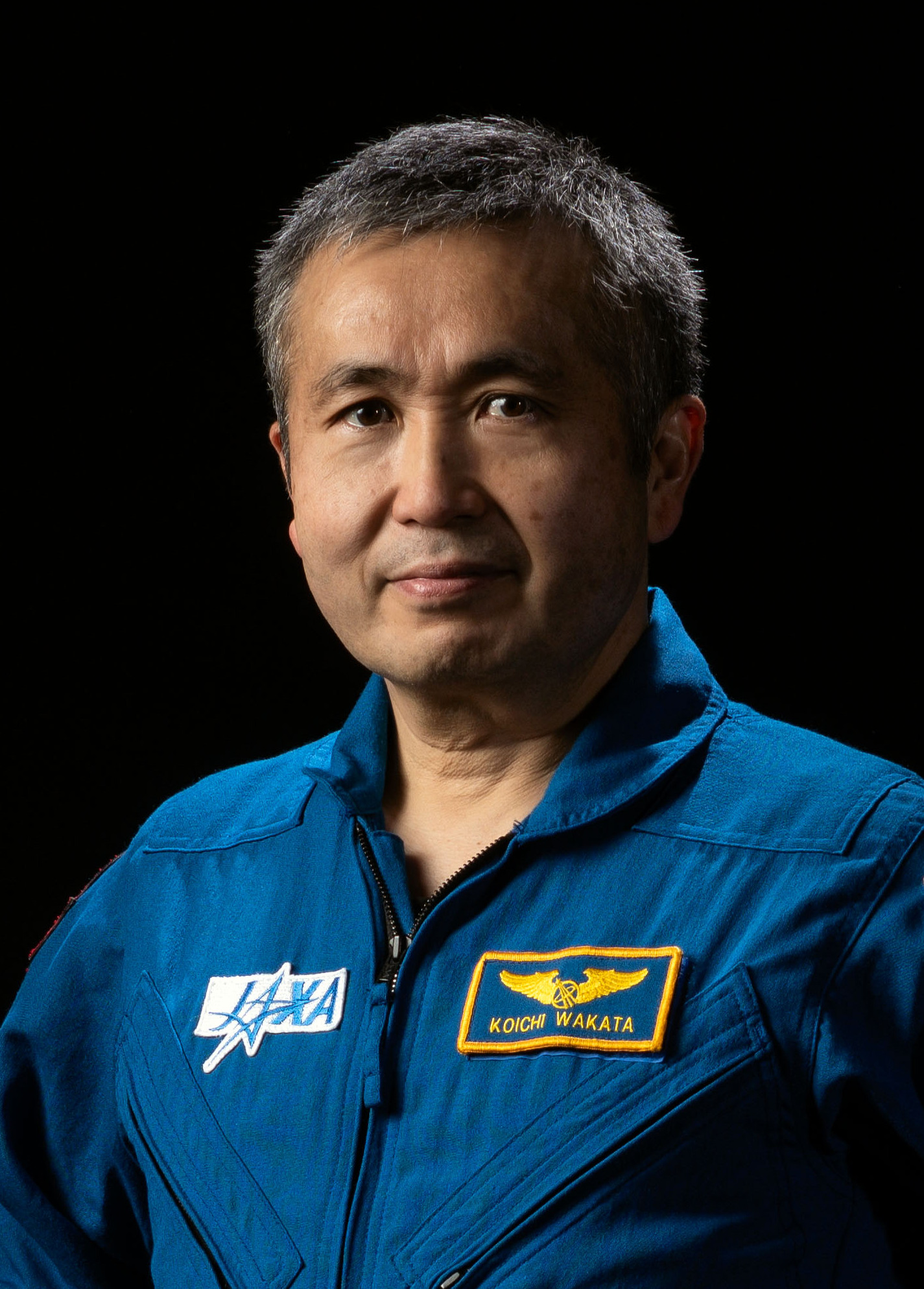
At 59, Koichi Wakata, a JAXA astronaut with a record of diverse space missions, traveled to the ISS aboard SpaceX Crew-5 in October 2022. This latest mission focused on extensive scientific experiments related to human physiology, materials science, and biology, with a specific interest in advancing Japan’s contributions to ISS research. Now 60, Wakata’s role as a respected astronaut has elevated Japan’s presence in international space exploration, marking him as one of the oldest and most seasoned ISS crew members.
Pavel Vinogradov
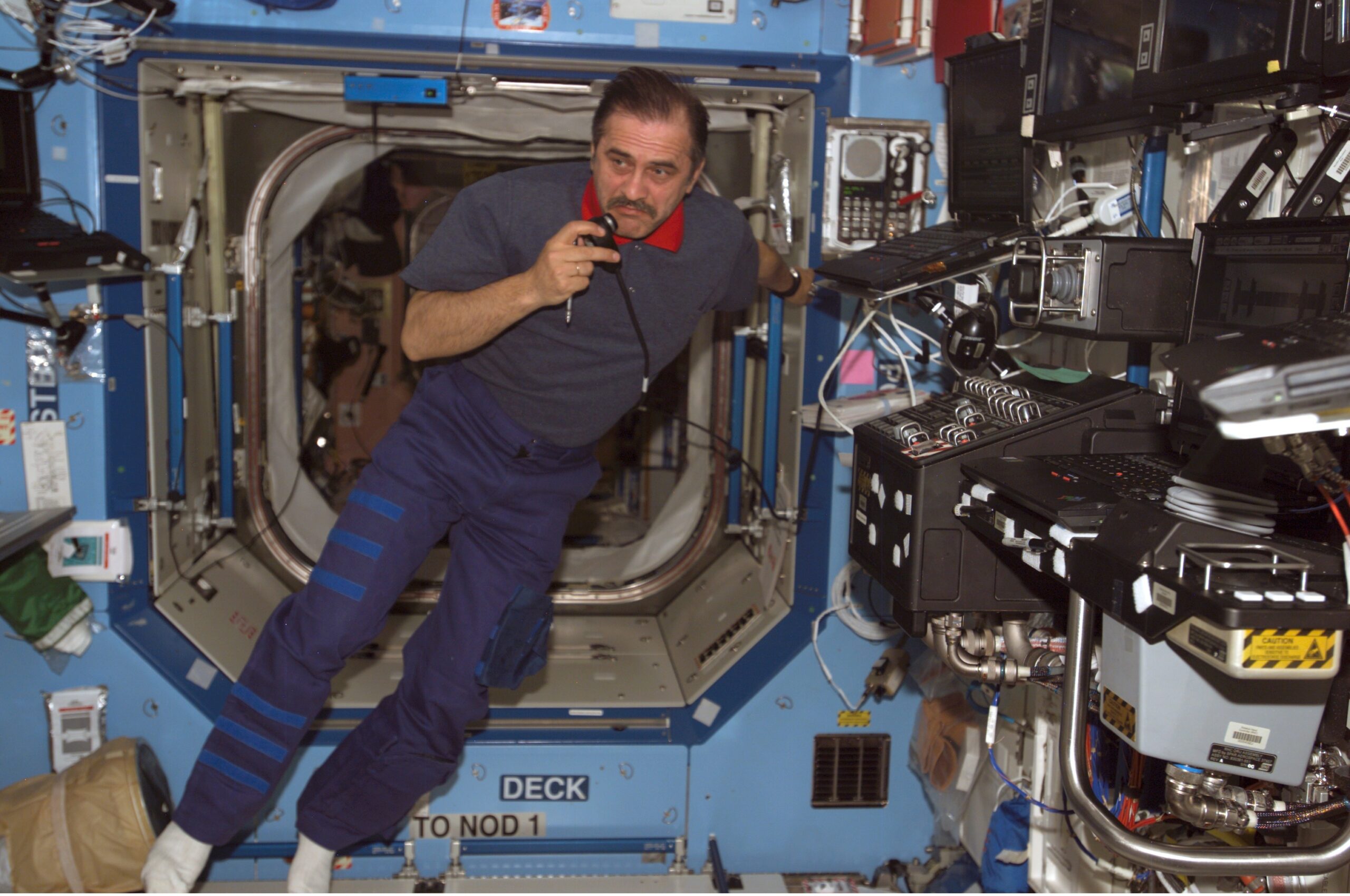
Russian cosmonaut Pavel Vinogradov reached space at 59 aboard Soyuz TMA-08M in 2013 for a six-month mission on the ISS, conducting scientific research and spacewalks. His extensive experience includes missions on both the Mir space station and the ISS, making him a key figure in Russian space history. Now 70, Vinogradov’s contributions span decades, highlighting Russia’s commitment to long-duration spaceflight and the crucial role of cosmonauts in maintaining ISS operations.
Franklin Chang-Díaz
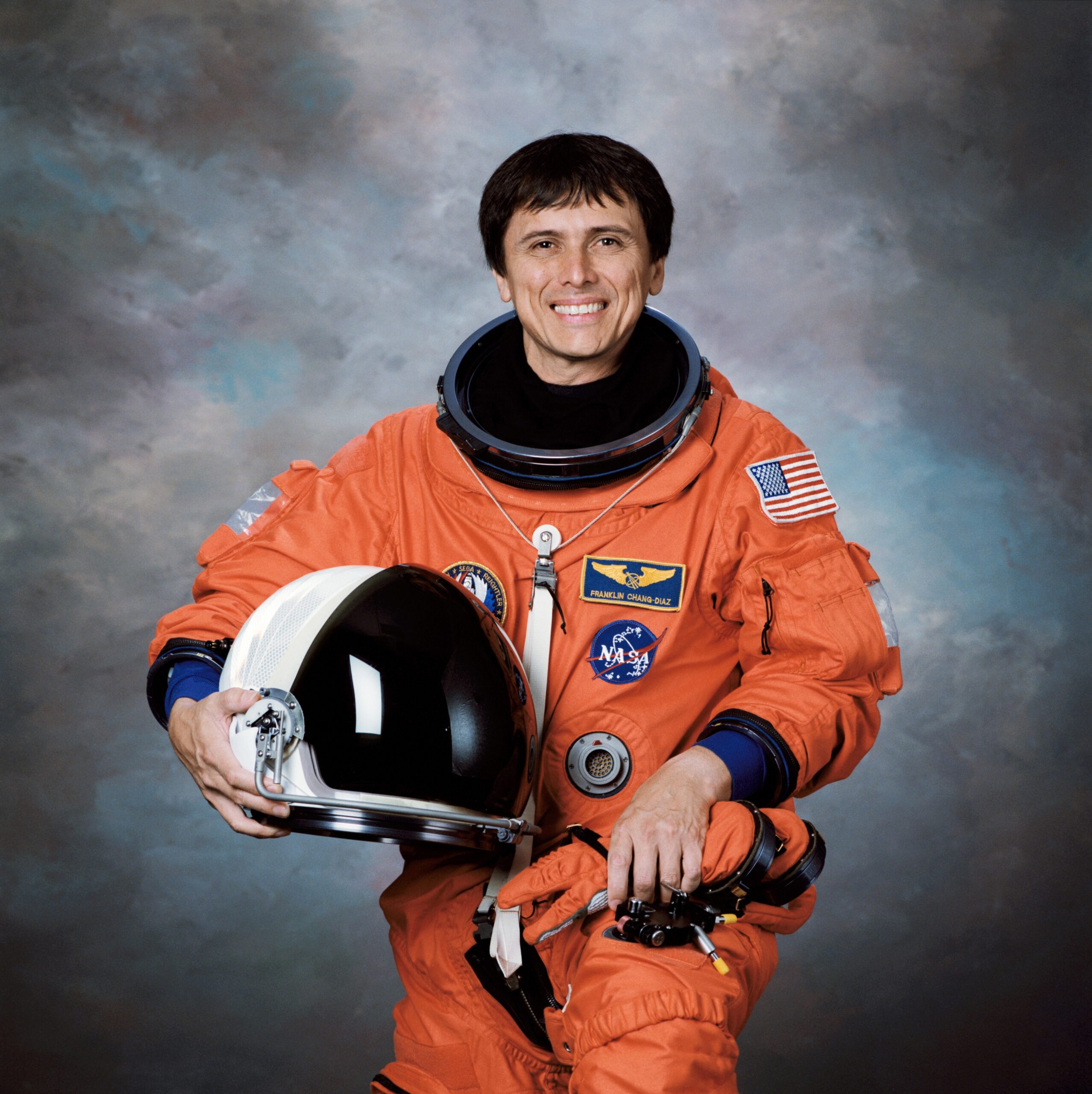
Franklin Chang-Díaz, born in Costa Rica and later a U.S. citizen, completed his last spaceflight at 59 on STS-111 in 2002, marking his seventh shuttle mission. Known for his expertise in plasma propulsion, Chang-Díaz supported ISS construction during this mission and performed spacewalks. Now 73, he has continued his work on advanced propulsion technologies, particularly plasma engines, to further deep space exploration, solidifying his impact on both NASA and future space travel innovations.
Fyodor Yurchikhin
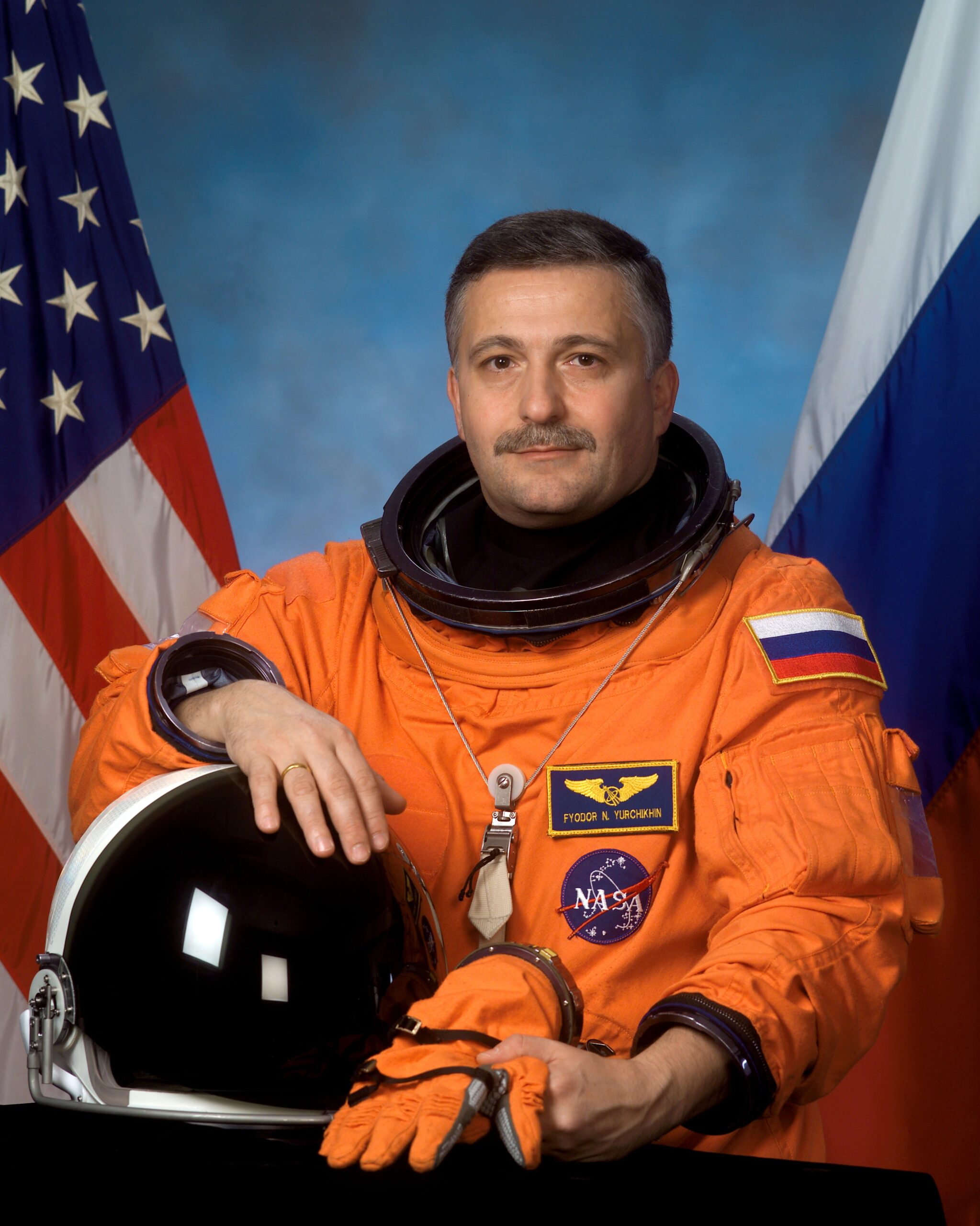
Fyodor Yurchikhin, a Russian cosmonaut, completed his fifth mission at 58 on the ISS in 2017, where he conducted spacewalks and led research initiatives. His dedication to international partnerships and his experience in maintaining ISS systems have made him a respected figure in Russian space exploration. Now 64, Yurchikhin’s contributions as a mentor to new cosmonauts highlight his lasting influence in spaceflight.
Loren Shriver

Loren Shriver, a former test pilot and decorated Air Force veteran, commanded his final mission at nearly 55 on STS-46 in 1992, focusing on deploying and retrieving scientific payloads. Shriver’s technical skills in satellite operations contributed to NASA’s shuttle program success. Now 79, his work remains a significant part of the shuttle era’s achievements, and he continues to advocate for advancements in aerospace technologies.
This article originally appeared on Rarest.org.
More from Rarest.org
10 Largest Birds of Prey in the World
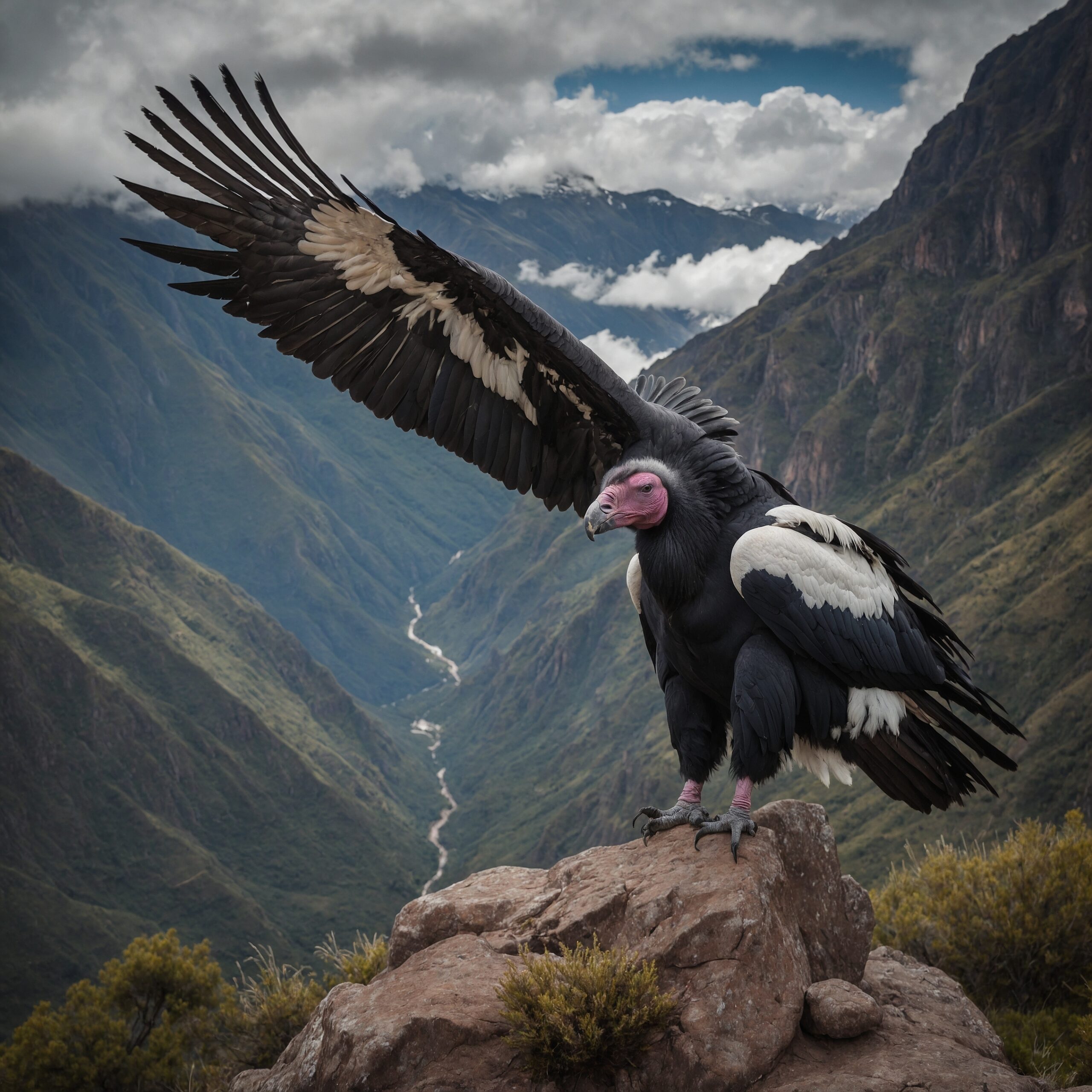
Birds of prey are among the most majestic and powerful creatures in the animal kingdom. Read More.
12 Oldest Companies in the World
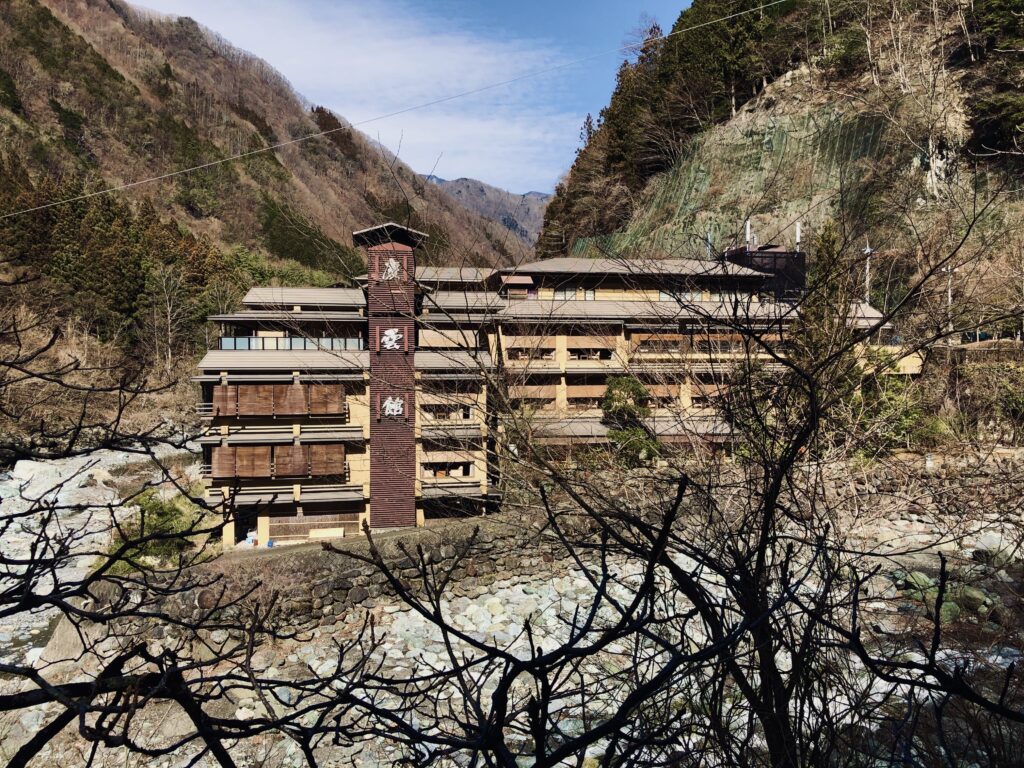
Some companies have stood the test of time for centuries, preserving tradition and adapting to the changing world. Read More.
20 Mysterious Caves from Around the World with Hidden Secrets
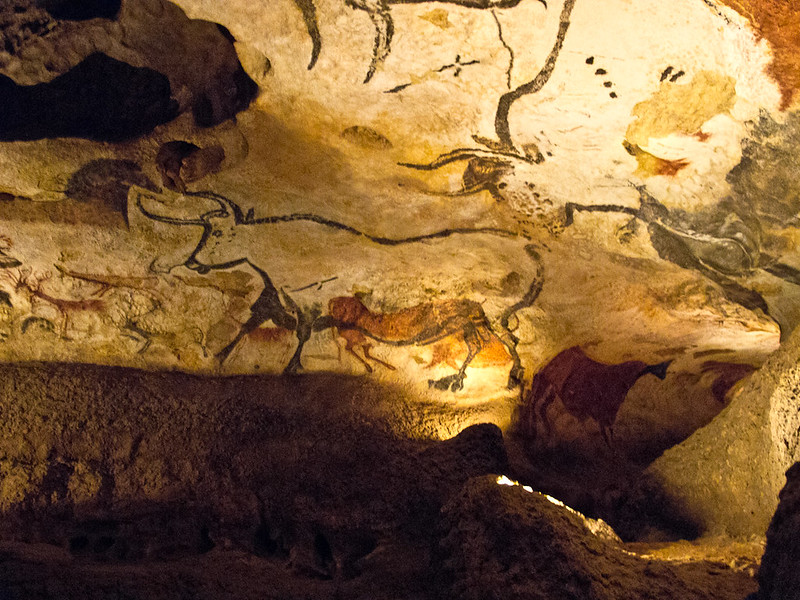
Caves have long fascinated humanity, offering glimpses into hidden worlds beneath the Earth’s surface. Read More.
